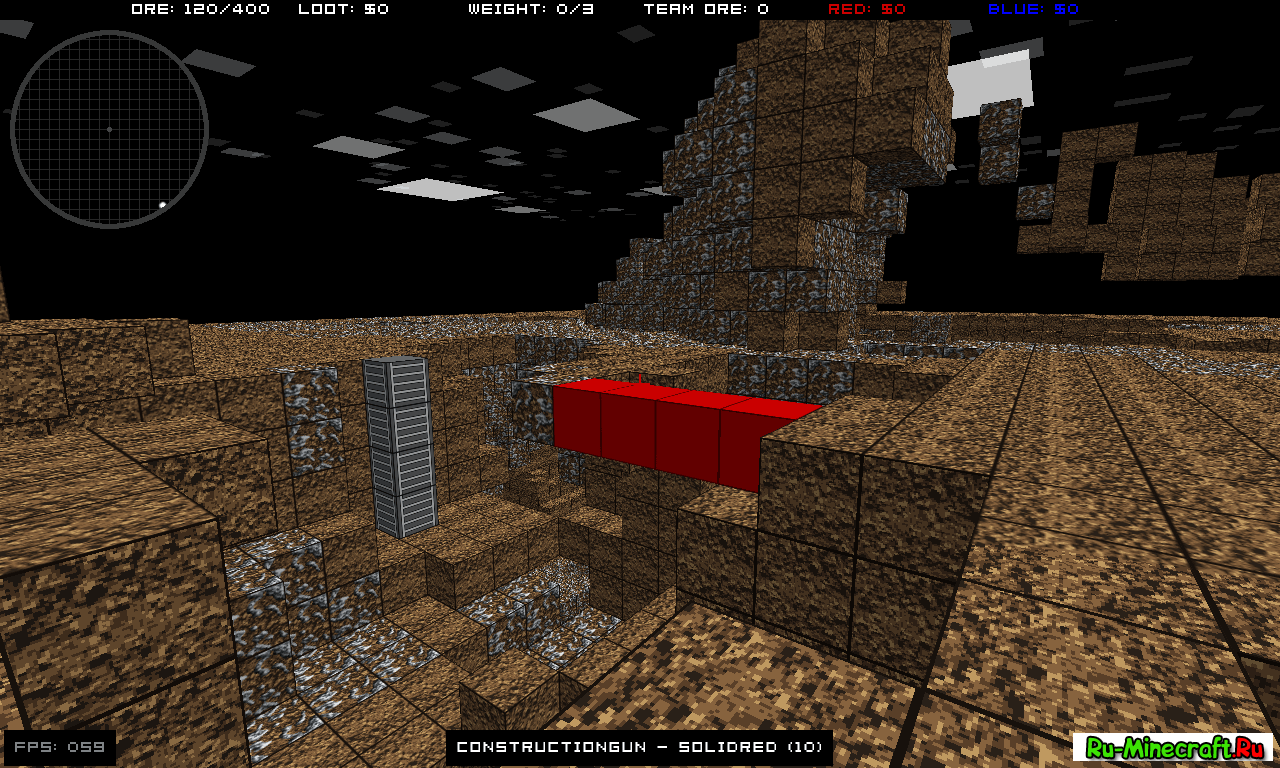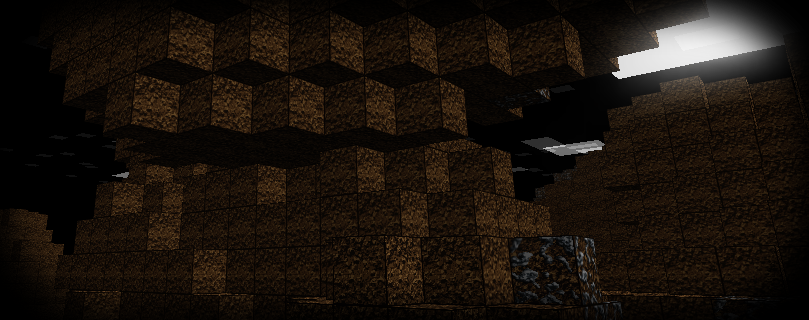


Since the dawn of the medium, video games have mostly been about having fun with other people’s worlds and rules. For many young gamers, it became their first video game, filling a role usually taken by Mario Kart or Pokémon. And while the survival mode is no doubt still an attraction for newcomers and long-time fans alike, it’s the boundless freedom of the creative mode that has had an asteroid-sized impact on the industry. By the end of the decade, it was ported to nearly every gaming device on the market, including Raspberry Pi.


Like with other indie projects, the forum allowed players to interact directly with the dev and in the early hours after launch, Persson laid out his plans for what he wanted Minecraft to become.īy the time it officially launched in 2011, the game was already a household name. In the TigForums thread for the original game, users quickly grafted onto the idea Persson was pushing with his take on the Infiniminer formula, and gave their own opinions on what he should do next. The low-res voxel graphics didn’t do much to push graphics cards, but players didn’t seem to mind. After producing some test footage of the project to positive feedback, Persson launched the first playable version of Minecraft in 2009.Īt launch, it was pretty rough and ugly. The building blocks of the game spoke to him, and in a blog post, Persson wrote he knew this was the game he wanted to make after playing Barth’s original. Like any creator, Persson was adrift in a sea of ideas and influences around the time he was introduced to Infiniminer. Minecraft was announced not long after Barth moved off of his title and onto other projects. But the reason it’s still talked about and why it’s the lede of this piece is because one of its fans was Markus “Notch” Persson, who would take the conceit of Infiniminer and turn it into the most popular video game in the world. Barth stopped development on the title quite quickly after it launched. On its own, Infiniminer wouldn’t even be the footnote in gaming history it is today. It was developed in Barth’s spare time and achieved a small amount of repute with PC players who discarded the main objective in favor of making their own objects and buildings with the blocks found in the world. The game, developed by Zach Barth, presented players with a randomly generated world filled with voxel blocks they were supposed to break for the sweet, sweet minerals inside. It’s hard to say what the gaming landscape would look like today if Infiniminer never existed.


 0 kommentar(er)
0 kommentar(er)
